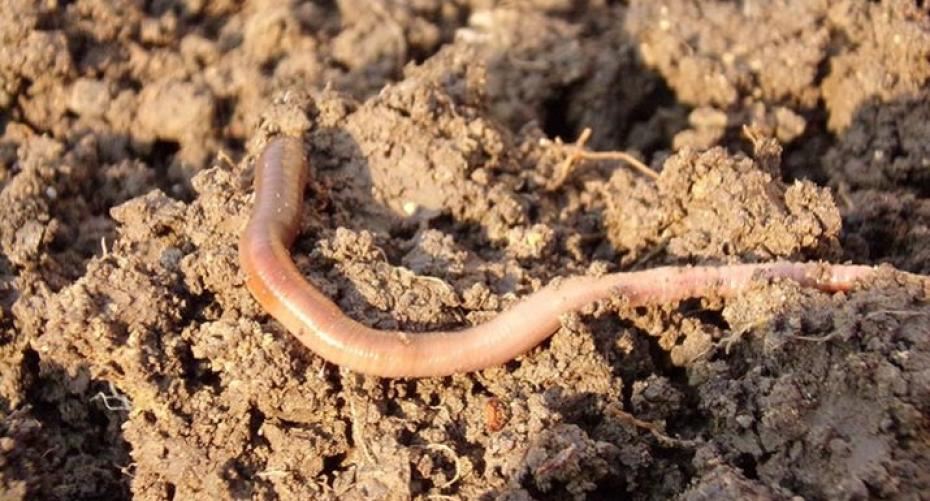Healthy soil is the key to more nutritious produce and a larger yield
In order to produce healthy, nutritious fruit and vegetables or forage for your animals, the soil needs to be in a healthy state. There needs to be an abundance of soil fauna, bacteria and fungi. According to the Food and Agriculture Organisation of the United Nations: ‘’Soil health is the capacity of soil to function as a living system, with ecosystem and land use bounderies, to sustain plant and animal productivity, maintain or enhance water and air quality, and promote plant and animal health. Healthy soils maintain a diverse community of soil organisms that help to control plant disease, insect and weed pests, form beneficial symbiotic associations with plant roots; recycle essential plant nutrients; improve soil structure with positive repercussions for soil water and nutrient holding capacity, and ultimately to improve crop production.’’
The healthier your soil the more nutrients are available to the plant which in turn means that your produce is more nutritious to eat. This also means that you don’t need to spend a fortune on buying artificial fertilisers. A healthy soil also supports a dynamic population of insects, invertebrates, bacteria and fungi which break down the nutrients in the soil into a form which is easily taken up by the plants. Plants repay these organisms by secreting sugars and enzymes back into the soil. Good structure is essential as plant roots also require air and water. Clay soil with a low organic content is prone to becoming compacted which means that the roots have difficulty in spreading out and accessing sufficient nutrients. The compaction also causes the soil to become waterlogged which means that the roots can’t breathe and they are also prone to rotting. Sandy soils which have little organic matter are subjected to leaching which washes any nutrients out of the soil. A good healthy soil with plenty of organic matter will allow water to drain through but will retain enough moisture to sustain the plant.
Winter and early spring is the ideal time to dig in plenty of organic matter in the form of well-rotted farmyard manure, composted green waste, spent mushroom compost, leaf mould or compost. This is particularly important if you have light sandy and heavy clay soils. Clay soils are usually rich in minerals and trace elements but tend to be waterlogged, so adding organic matter improves the drainage and also allows the roots to access these nutrients more easily. By incorporating organic matter you are also doing your bit in the fight against climate change; as the organic matter decomposes it stores carbon.
Planting a green manure crop to over-winter will add nutrients and fibre and will also protect the soil from erosion. If you are planning to plant leafy vegetables the following spring then clover is the ideal choice for a green manure crop as it adds nitrogen to the soil, which is required by the leafy vegetables. Sowing a green manure crop in the spring can be incorporated into a rotation system of vegetable growing as part of a fallow season; this is called a ‘ley ’crop.
Practicing a rotation system can prevent the build-up of pests and diseases and provide nutrients for the following year’s crop. This in turn helps to maintain the soils’ overall fertility, organic matter and structure which is important for the health and yield of the crop. There are several rotation systems ranging from 3 – 5 years. You need to divide your plot up into individual beds, approximately 120cm (4’) wide, which you can easily access from both sides. A bed of this width can easily be cultivated without having to stand on the soil so is ideal for a ‘no-dig’ system or for raised beds.
For a 3 year system; manure the plot and plant potatoes in the first year, followed by legumes, onions and roots in the second year then brassicas in the third year to take advantage of the nitrogen provided by the legumes. The 4 year system is: year 1, potatoes; year 2, onions and roots; year 3, legumes and finally brassicas in year 4. Either of these systems can be extended by a year to include a ‘ley’ crop after the brassicas. Any gaps between the main crops can be filled with lettuce, herbs, radish or spring onions. Some plants need a permanent site or are relatively free from pests and diseases and are usually excluded from a rotation system: soft fruit, herbs, asparagus and rhubarb. Legumes are peas, including mange tout and sugar snap; runner and French beans and broad beans. Brassicas and leafy vegetables include: cabbages, kale, broccoli, Brussels sprouts, cauliflower, kohlrabi, spinach and chard. Roots are swedes, turnips, carrots, parsnips, radish and sweet potatoes.

Soil forms incredibly slowly but can be lost very quickly through erosion, over-cropping and pollution, but it is fairly easy to stop this loss. If your site is particularly windy it could be worthwhile planting some sort of windbreak; this could take the form of a hedge or surrounding your plot with soft fruit shrubs or cordon fruit trees. Planting fruit not only protects your soil from erosion but also provides a tasty crop. Mulching around your vegetables can also help prevent erosion from heavy rainfall which can lead to the finer particles of soil being lost through run-off. Preventing run-off is particularly important if you have a sloping site.
A little time and effort invested in the planning of your productive garden can reap the rewards of more nutritious produce, a more abundant harvest, a healthy functioning soil system and locking up carbon.


